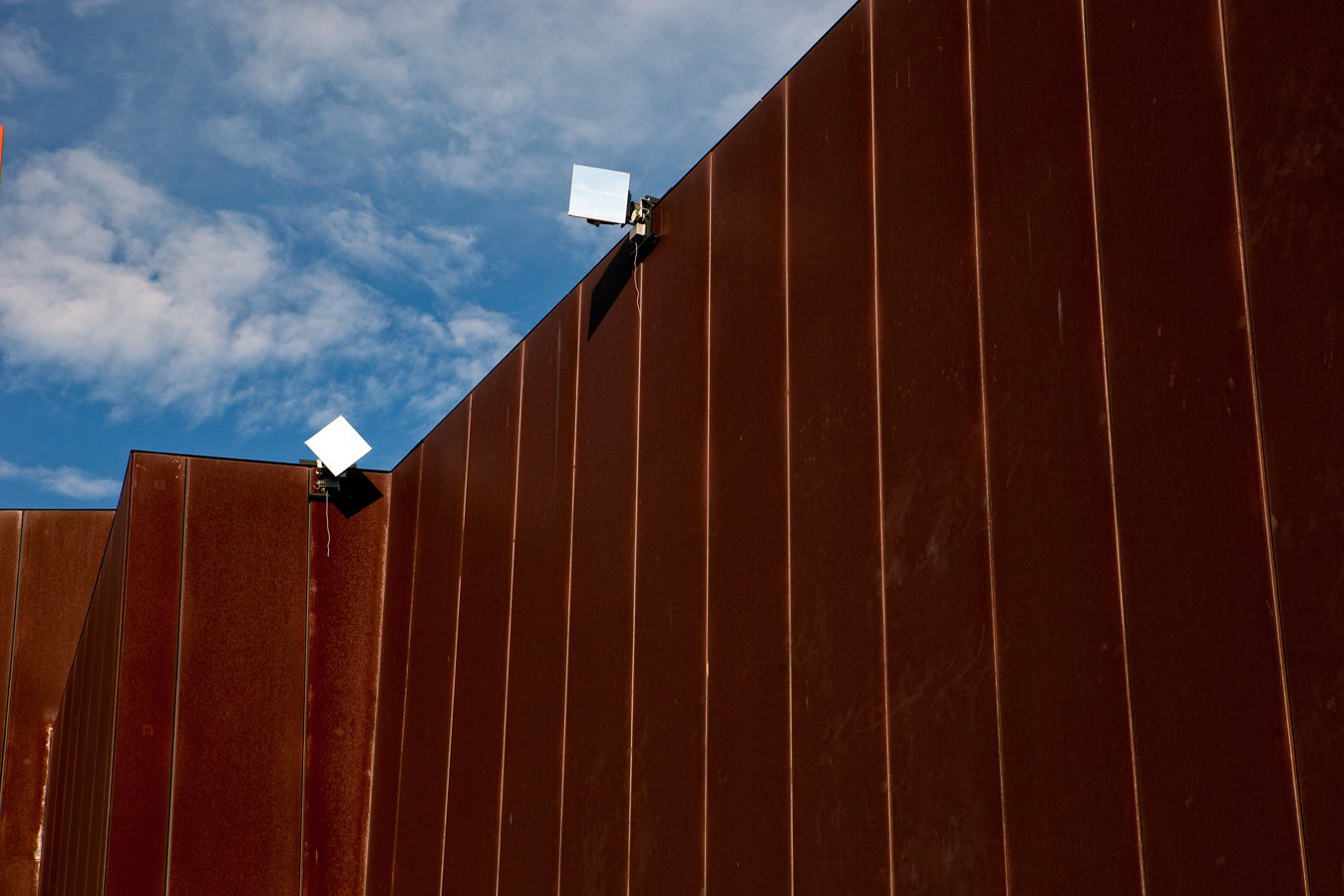Technology as a catalyst for contemporary art

MELBOURNE –- Set amid a dry, sparse landscape, the Australian Centre for Contemporary Art (ACCA) gallery’s distinct red-rust steel facade is an iconic silhouette in the city’s arts precinct. At any time of year this imposing modernist building houses the latest and most significant commissioned artworks of living artists.
Now until May 12, ACCA is hosting NEW13, an annual exhibition which showcases the work of rising Australian artists, and offers audiences a sample of the latest materials, methods, themes and ideas emanating from Australia's current contemporary art practice.
The annual exhibition, which have been hand-selected by Charlotte Day, ACCA's associate curator, offers the chosen artists the chance to make new works, with financial backing from ACCA. Once selected, the NEW artists are generally considered to be rising stars in the art world.
A look back at the past 10 years reveals NEW's success in catapulting the careers of emerging contemporary artists. For example Daniel Von Sturmer created 'The Truth Effect' for NEW03, and went on to to show at the Sydney Biennale and Venice Biennale.
In NEW07 Brendan Lee's 'Proving Ground' was picked up by the Tate Modern, and Christian Capurro, who produced 'Compress' works, went on to show at the Venice Biennale. Last year video artist Angelica Mesiti created 'Citizens Band' for NEW12, which subsequently opened a door of international opportunities for her.
As is the tradition, NEW is not about working to a theme –- artists are invited to make whatever they want, but often a pattern or collective theme emerges, which ACCA contends is an overall reflection of artistic thinking at a given time.

This year technology -- its mutations, consumption and subversions -- has emerged as one of the key themes among the works of the seven artists. This was particularly evident in the works of artists Benjamin Forster, Joshua Petherick and Scott Mitchell.
Mitchell, a Melbourne based artist, has undertaken extensive research into how the sun moves over ACCA and has, with the help with 40 mirrors and computer programming, devised an ingenious way to redirect sunlight into the furthest reaches of the hermetically sealed gallery rooms.
Starting from the roof of the ACCA building, Mitchell's piece, titled 'New Millenium Fountain,' eventually culminates with two large triangular balloons that inflate (and deflate) according to how much solar power has been harnessed during this controlled trajectory.
Visitors are first confronted with the light piece in the foyer. This beam of light ricocheting off small mirrors is a deceptively simple concept, but after spending time reviewing the mechanics behind the work, one realises the very calculated intention by the artist.
The installation reflects Mitchell's ambition -- to subvert the physical dimensions of the exhibition space itself, by going beyond ACCA's four walls.
"It's a kind of sculptural form in itself," Day says. "The space has a particularly dynamic quality, the walls are angled and the ceilings go higher. Artists often want to respond to it in some way."
Mitchell, who is a Melbourne fine arts graduate and current PhD industrial design student, is known for producing works that explore the modification (hacking) of mass-produced goods, also known as "modding."
Day explains that Mitchell's work is influenced by the DIY community of the 1970s. “His interest is often in modifying existing technologies ... the sense of something that is not necessarily fixed and still able to be changed and modified. I think he applied that principle to the building," she says.
While Mitchell's work spans the entire gallery, installation artist Benjamin Forster has contained his artistic statement to the one room. In the work 'Dysgraphia,' the Perth artist brings together digital and biological technologies, installation and print, applying the logic of computer programming and algorithms to art-making, deconstructing LCD screens and USB sticks, and repurposing them as poetic devices.
Across the gallery, in a narrow hallway, Joshua Petherick's three visual and abstract representations are scored to an ambient soundscape. Here Petherick utilizes technology hardware, pressing iPhone cameras to a flatbed scanners, to produce his ephemeral images -- the result of the reproduction process.
Petherick's art practice is concerned with mixing modern technologies and a variety of media to provoke discourse around consumption. "The artist focuses on recording the ghosts in everyday imaging technologies, pushing the idea of image reproduction to a new unnatural conclusion," Day explains.
In the past, artists in NEW have tended to work towards monumental statements. As a whole, the artists in this year's exhibition were more interested in not approaching the space as a site of new grandiose work, but rather undermining this tradition, showing work that is purposely modest and propositional.
And if NEW is said to represent the times, then this year's remarkable body of work reveals our continual fascination with technology and of how things work.
Photos: Derek Swalwell (main), artworks courtesy of ACCA and NEW13 artists.
Updated May 5, 2013.
This post was originally published on Smartplanet.com
